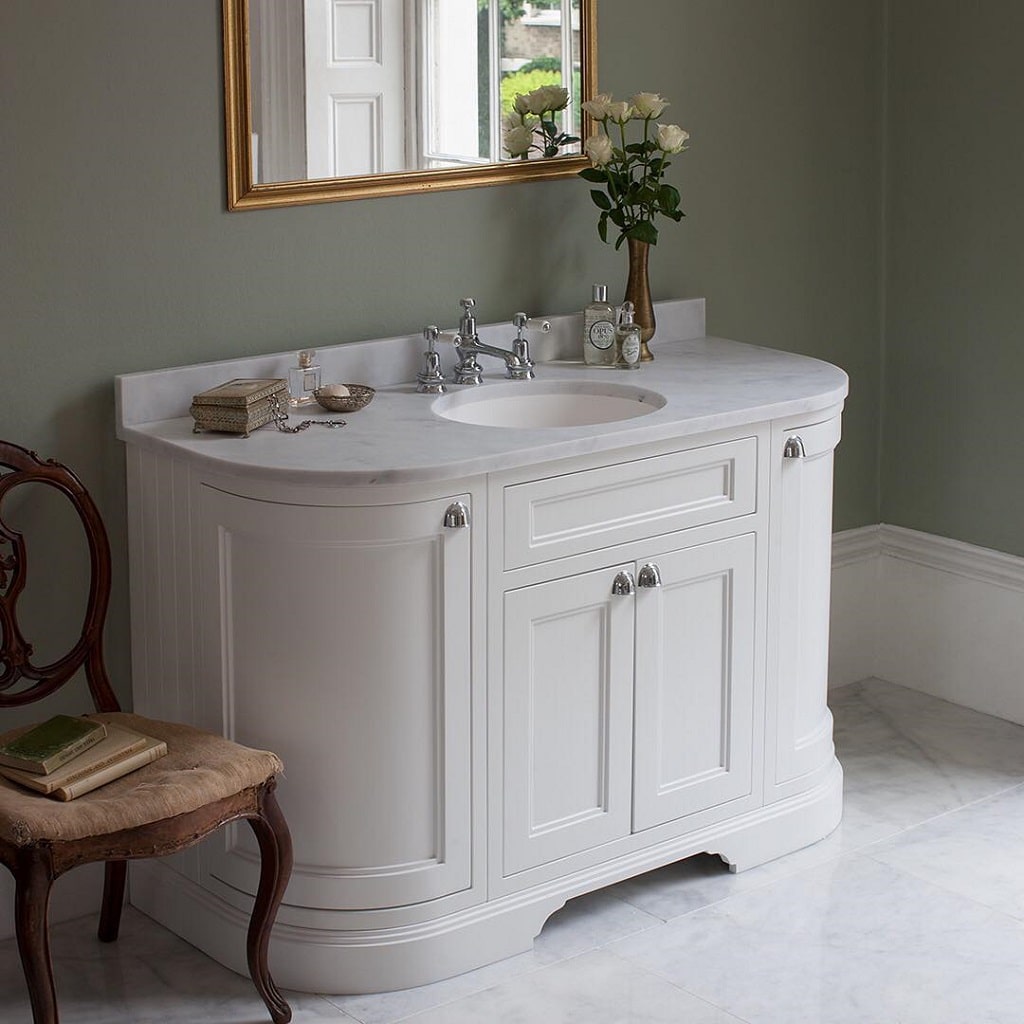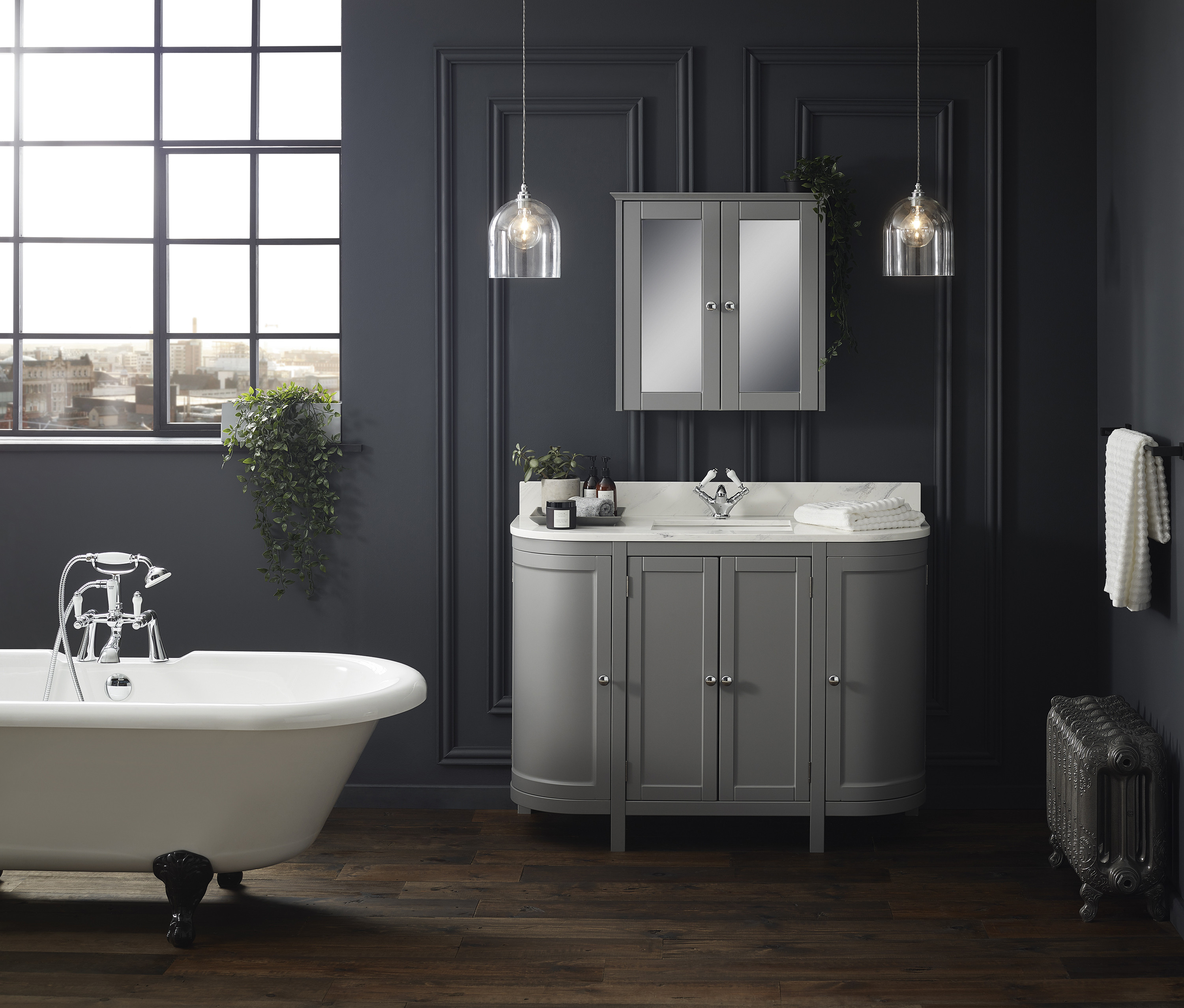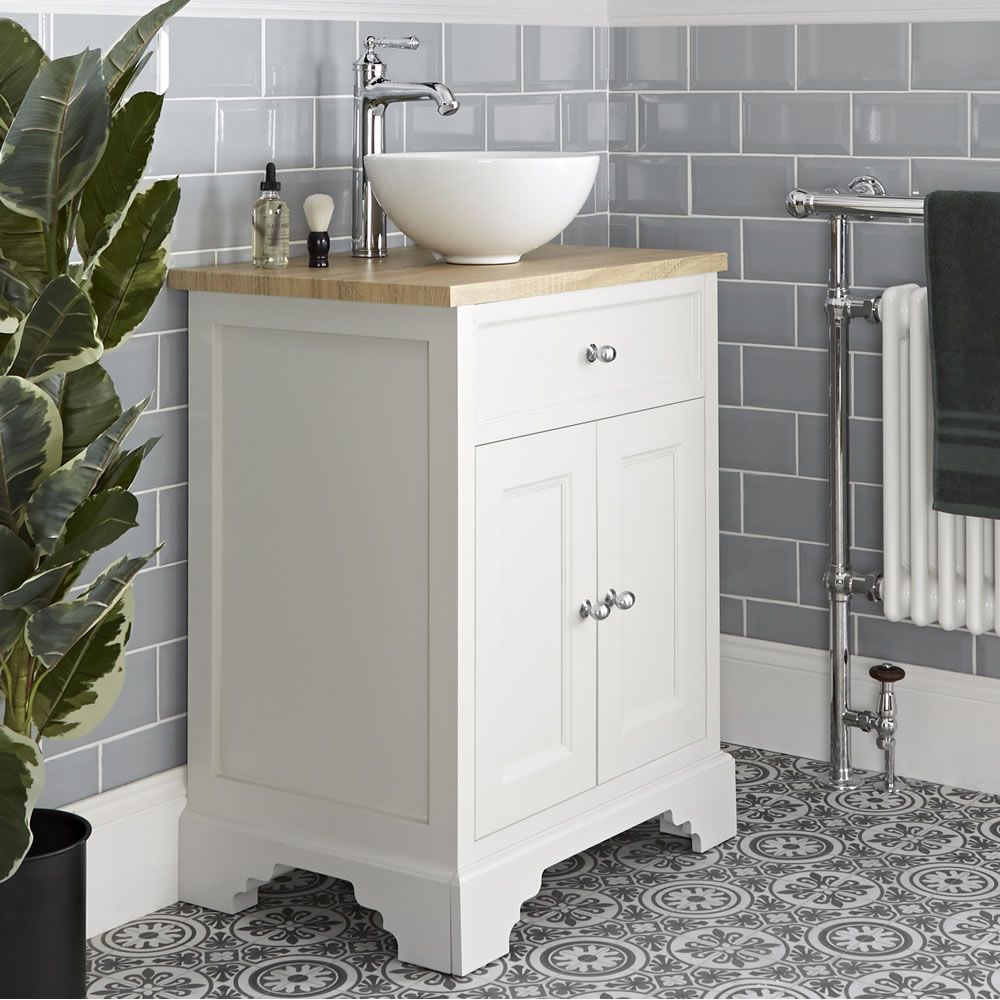The Allure of Old-Style Bathroom Vanities

In a world increasingly dominated by sleek, modern designs, there’s a growing appreciation for the timeless appeal of old-style bathroom vanities. These fixtures, often characterized by intricate details, rich materials, and a touch of vintage charm, offer a unique blend of elegance and practicality that continues to resonate with homeowners today.
Characteristics of Old-Style Vanities
Old-style bathroom vanities stand apart from their modern counterparts in several key ways. Their design emphasizes craftsmanship and artistry, with meticulous attention paid to every detail.
- Materials: Old-style vanities often feature solid wood construction, with intricate carvings, hand-painted finishes, and elaborate hardware. This focus on quality materials and craftsmanship ensures durability and longevity.
- Style: Traditional designs often incorporate elements like ornate moldings, fluted columns, and decorative accents. These features contribute to a sense of grandeur and timeless elegance.
- Functionality: While aesthetics are paramount, old-style vanities are also designed for functionality. They often include spacious cabinets, drawers, and shelves, providing ample storage for toiletries and other bathroom essentials.
Historical Context and Evolution of Bathroom Vanities
The evolution of bathroom vanities mirrors the changing tastes and trends in interior design throughout history.
- Early Vanities: The earliest forms of bathroom vanities were simple washstands, often made of wood or stone. These rudimentary fixtures served a purely functional purpose, providing a place to wash hands and face.
- Victorian Era: During the Victorian era, bathroom vanities became more elaborate, reflecting the opulence and grandeur of the time. They were often crafted from mahogany or walnut and featured intricate carvings, ornate hardware, and marble countertops.
- Early 20th Century: The early 20th century saw a shift towards simpler, more streamlined designs. Vanities became more functional, with a focus on clean lines and practical storage solutions.
Signature Vanity Styles of Different Periods
The following table showcases some of the most prominent vanity styles from different historical periods:
| Period | Signature Style | Key Characteristics |
|---|---|---|
| Victorian Era (1837-1901) | Ornate and Elaborate | Intricate carvings, decorative accents, dark wood finishes, marble countertops, claw-foot sinks. |
| Art Deco (1920s-1930s) | Geometric and Stylish | Bold geometric patterns, sleek lines, metallic accents, glass countertops, pedestal sinks. |
| Mid-Century Modern (1940s-1960s) | Clean and Functional | Simple lines, natural wood finishes, integrated storage, streamlined hardware, pedestal or drop-in sinks. |
Materials and Craftsmanship: Old Style Bathroom Vanity Units

Old-style bathroom vanities are a testament to enduring quality and timeless elegance. The materials and craftsmanship employed in their construction are key to their enduring appeal and longevity.
Old style bathroom vanity units – The materials used in old-style bathroom vanities were chosen for their durability, beauty, and ability to withstand the rigors of daily use in a humid environment. Wood, marble, and cast iron are among the most common materials found in these traditional pieces.
Wood
Wood has long been a favored material for bathroom vanities due to its natural beauty, versatility, and durability. The choice of wood species often reflects the era and style of the vanity. For example, mahogany and oak were popular choices in the Victorian era, while cherry and maple became more prevalent in the Arts and Crafts movement.
- Durability: Hardwoods like oak, mahogany, and cherry are known for their strength and resistance to moisture damage, making them suitable for use in bathrooms.
- Beauty: Wood’s natural grain patterns and warm tones add a touch of elegance and sophistication to any bathroom.
- Versatility: Wood can be stained, painted, or left in its natural state, allowing for customization to match any design aesthetic.
Marble, Old style bathroom vanity units
Marble, with its luxurious appearance and timeless elegance, has been a popular choice for bathroom vanity tops for centuries. Its durability, resistance to moisture, and ease of cleaning make it an ideal material for this application.
- Durability: Marble is a hard and dense stone that can withstand daily wear and tear.
- Beauty: Marble’s unique veining patterns and natural color variations add a touch of sophistication to any bathroom.
- Resistance to Moisture: Marble is naturally resistant to moisture and stains, making it a suitable choice for a humid environment.
Cast Iron
Cast iron was often used in the construction of old-style bathroom vanities, particularly for sinks and legs. Its durability, strength, and ability to retain heat make it a practical and long-lasting material.
- Durability: Cast iron is known for its strength and resistance to damage.
- Heat Retention: Cast iron sinks can retain heat, making them ideal for use in cold climates.
- Aesthetic Appeal: Cast iron sinks often feature intricate designs and finishes that add a touch of vintage charm.
Craftsmanship
The craftsmanship employed in the construction of old-style bathroom vanities is a testament to the skill and artistry of bygone eras. Traditional techniques, such as hand-cut joinery, dovetailing, and mortise-and-tenon construction, were used to create durable and aesthetically pleasing pieces.
- Hand-Cut Joinery: Traditional joinery techniques, such as dovetailing and mortise-and-tenon construction, create strong and lasting joints that are resistant to wear and tear.
- Hand-Polished Finishes: The surfaces of old-style vanities were often hand-polished to create a smooth and durable finish that enhances the natural beauty of the materials.
- Intricate Details: Old-style vanities often feature intricate details, such as carved moldings, decorative hardware, and hand-painted finishes, that add a touch of elegance and sophistication.
Examples of Iconic Old-Style Bathroom Vanities
The following are some examples of iconic old-style bathroom vanities that showcase the unique materials and craftsmanship of their era.
- Victorian-era vanities: Often made of mahogany or oak, these vanities feature intricate carvings, elaborate hardware, and claw-foot legs.
- Arts and Crafts vanities: These vanities typically feature simple lines, natural wood finishes, and functional designs.
- Mid-century modern vanities: Characterized by clean lines, minimalist designs, and the use of materials such as teak and rosewood.
Integrating Old-Style Vanities into Modern Bathrooms

Blending vintage charm with contemporary design is a popular trend in bathroom renovations. Old-style vanities, with their intricate details and timeless appeal, can add a unique touch to a modern bathroom. But how can you seamlessly integrate these pieces into a space that embraces sleek lines and minimalist aesthetics?
Balancing Vintage and Modern Elements
The key to successfully integrating old-style vanities into modern bathrooms lies in creating a harmonious balance between vintage and contemporary elements. This can be achieved through careful consideration of factors such as color palettes, materials, lighting, and accessories.
- Color Palette: While old-style vanities often feature rich, traditional colors like dark wood tones, you can create a modern feel by pairing them with a neutral color palette. Consider using shades of white, gray, or beige for walls and floors, and incorporating pops of color through accessories. For instance, a vibrant rug or a set of colorful towels can add a contemporary touch while complementing the vintage vanity.
- Materials: Contrast the traditional materials of the vanity, such as wood or marble, with modern materials like stainless steel, glass, or acrylic. For example, you could choose a sleek stainless steel faucet or a glass countertop to create a contemporary edge.
- Lighting: Lighting plays a crucial role in setting the mood and highlighting the features of your bathroom. Modern lighting fixtures, such as sleek pendant lights or minimalist sconces, can complement the vintage vanity while adding a contemporary touch. Consider using a combination of ambient and task lighting to create a balanced and functional space.
- Accessories: Accessorizing is an effective way to bridge the gap between vintage and modern styles. Choose modern accessories like geometric mirrors, sleek towel bars, or minimalist storage solutions to complement the traditional vanity.
Examples of Successful Renovations
Several successful bathroom renovations demonstrate how old-style vanities can be seamlessly integrated into modern spaces. One such example is a bathroom featuring a restored antique vanity with intricate carvings. The vanity is paired with a white subway tile backsplash, a modern glass countertop, and sleek chrome fixtures. This combination creates a visually appealing balance between the vintage vanity and the contemporary elements, resulting in a stylish and functional space.
Designing a Bathroom Layout with an Old-Style Vanity as the Centerpiece
Imagine a bathroom layout where an old-style vanity takes center stage. The vanity, with its rich wood finish and intricate details, is positioned against a wall adorned with a neutral-colored, textured wallpaper. A large, geometric mirror above the vanity reflects light, adding depth and visual interest. A sleek, modern shower enclosure is placed opposite the vanity, with a glass door that allows natural light to flood the space. A freestanding bathtub, positioned near a window, adds a touch of luxury and relaxation. The overall design emphasizes a balance between the vintage charm of the vanity and the contemporary elements, creating a harmonious and inviting space.
Old style bathroom vanity units exude timeless charm, often featuring intricate carvings and warm wood tones. For a truly unique aesthetic, consider incorporating elements of santa fe style bathrooms into your design. Think earthy colors, rustic textures, and hand-painted tiles, which perfectly complement the classic elegance of an old style vanity.
Old style bathroom vanity units often exude a timeless charm, but if you’re looking for something a bit more rustic and inviting, consider exploring the world of country style bathroom vanities australia. These vanities bring a touch of the outdoors in, with their warm wood tones, distressed finishes, and often unique hardware.
While old style vanities may be classic, country style vanities offer a fresh, cozy vibe that will transform your bathroom into a sanctuary.